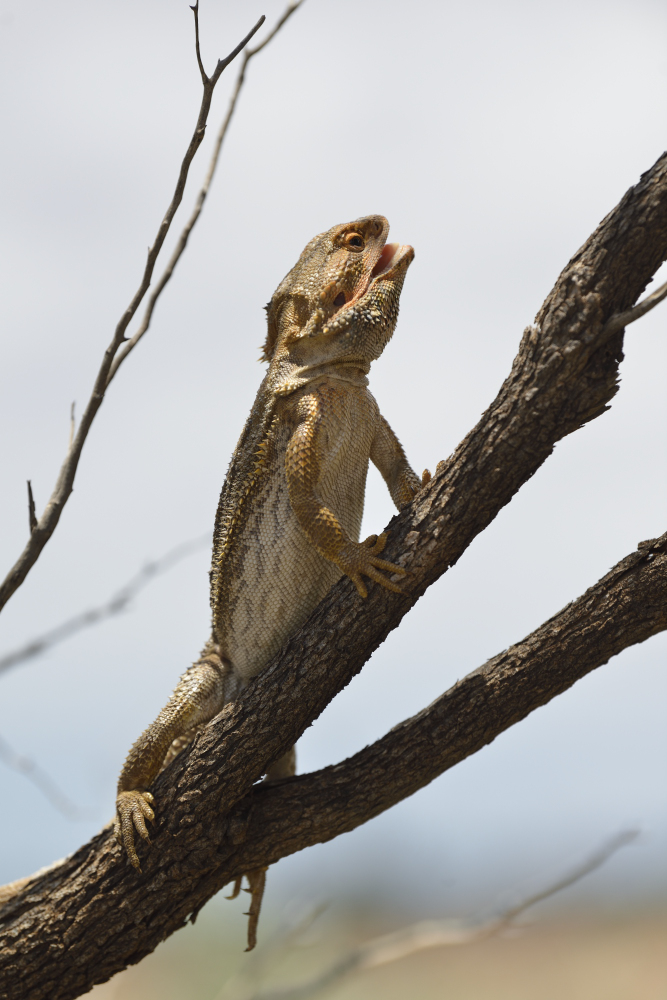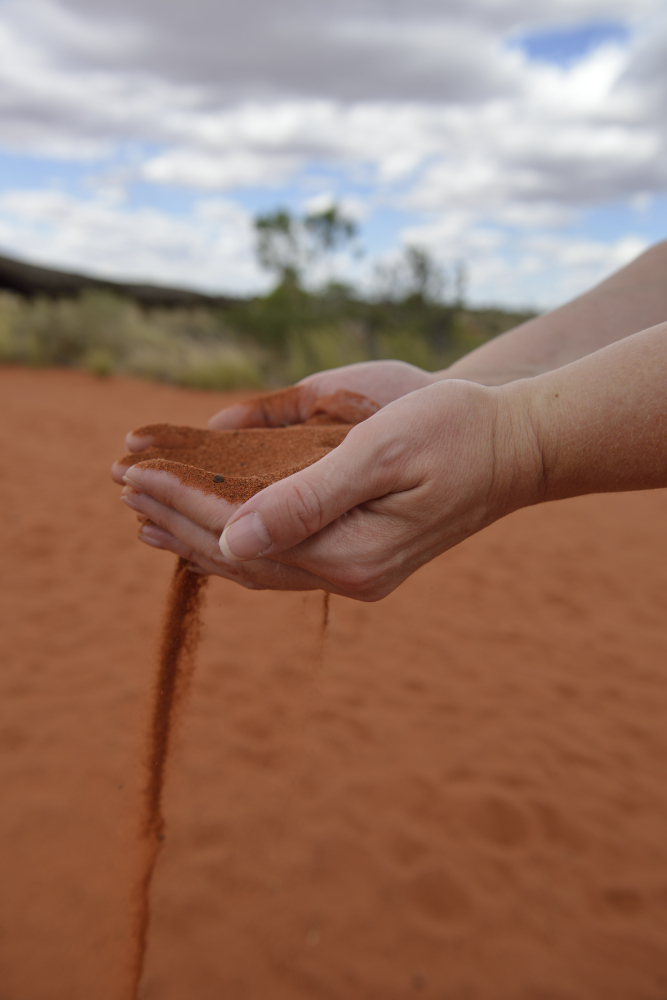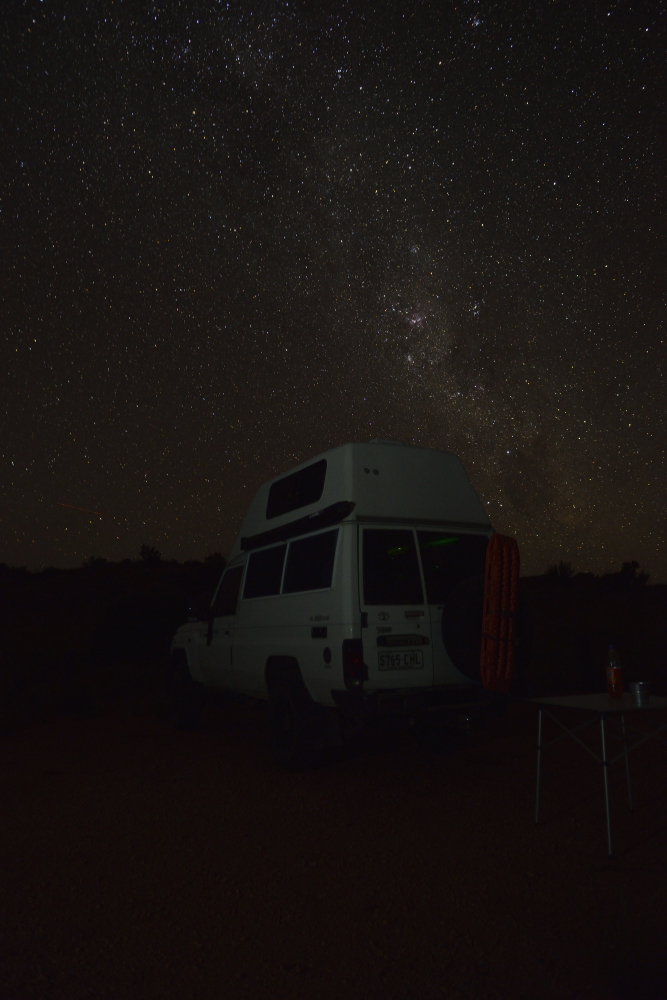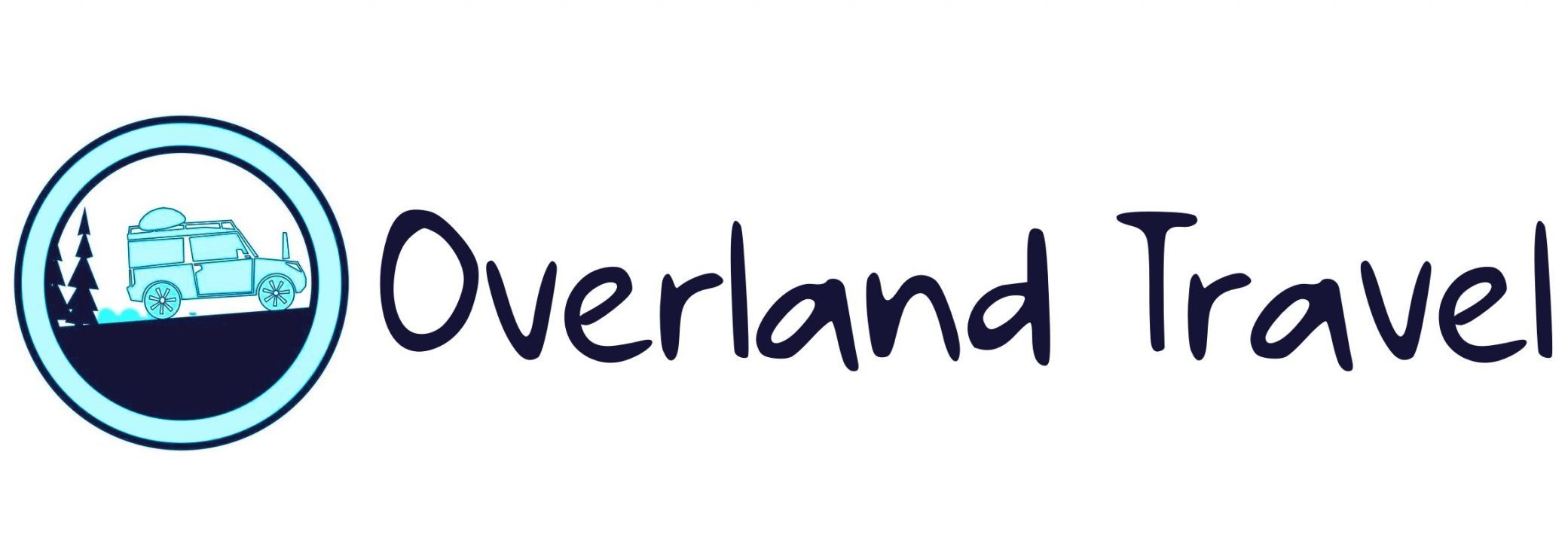Real outback & the big red rock.
We arrive at the Uluru area in the afternoon. For cultural reasons, free camping is not allowed, so at the well-organized Ayers Rock Camping, we find a place.
The campsite is designed for a large number of visitors, but right now there are almost no one here. The temperature, which fluctuates between 30 and 41 degrees, keeps most visitors away.
A small path leads up to a viewpoint from where we can catch the first glimpse of Uluru. It seems promising.
We take the chance and drive out to the national park. A 3-day pass is purchased - we want to have the best opportunities to capture some decent photos.
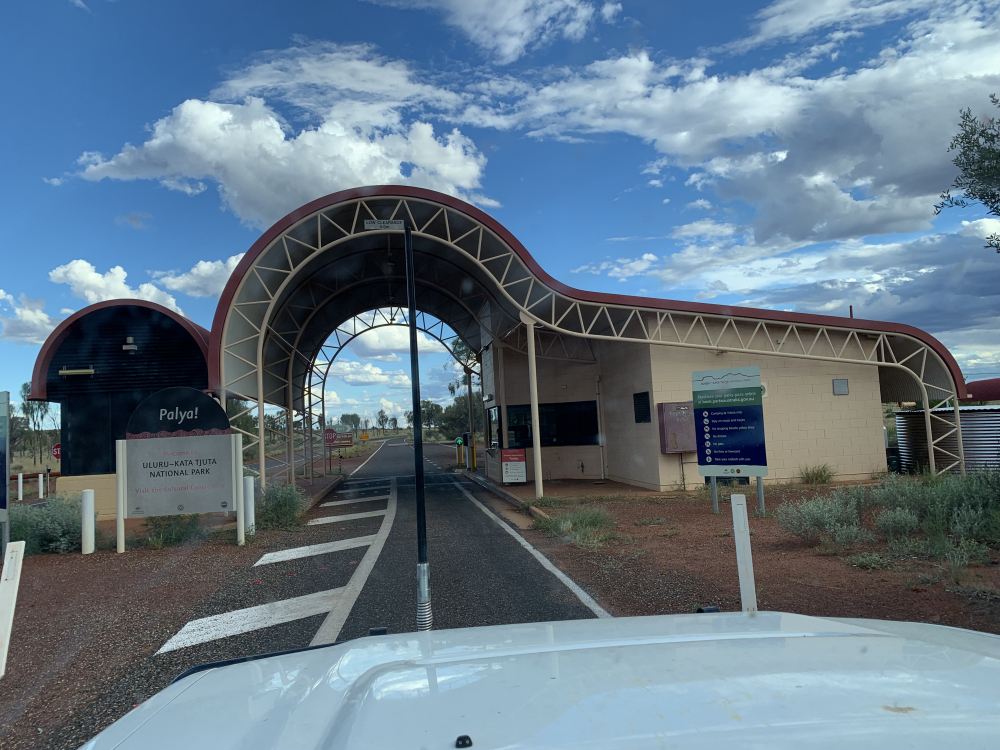
Our first attempt was a sunset, unfortunately without the perfect light – the sun continued to be hidden by some clouds – until it had set.
However, you cannot take away from the experience that it is Uluru / Ayers Rock that you are looking at. Ever since we were children in elementary school - we have been taught that in Australia there is a large stone that glows red at sunset - and that the aborigines consider it sacred. For that reason alone – it is a place that makes a big impression.
Back at camp, it's time for dinner in the dark. Johnny is standing outside with the gas flare when he spots a little mouse. Nah, how cute it is...
A little later, however, it's less cute, when it unexpectedly darts across Johnny's bare toes and in its fright, a piece of bacon flies down from its forehead... we suspect it has used that strategy before - because the next morning the dropped bacon was gone.
We try our luck again and drive out there in the afternoon – this time we are lucky. At sunset, the warm evening light on Uluru is the most beautiful. The trick to capturing the right moment is that just before the sun dips below the horizon, the light is extra warm / yellow in colour. When it hits the surface of the stone - it is reflected back in a deep orange-red form.
The sunrise should also be beautiful, so we have to get out of the feathers early. We have to reach Uluru before the sun rises. It is about 25 km from the campsite, so leave with us at 05:30.
It's starting to get light as we drive out there, so we're getting a little stressed. Are we too late to see the sunrise anyway?
We get there exactly 15 minutes before the sun comes up over the horizon. Phew. We made it. Luck is with us, and there will be beautiful morning light.
After watching the sunrise, we slip back to the campsite and have a bit of grooming and catch up on some sleep.
The afternoon is spent wandering around, along some small paths. There are many details to be found. The hot weather and extreme UV radiation do not allow us to take the larger hiking routes. There is far too great a risk of heat stroke and dehydration, so the hiking routes are often closed at 11 in the morning.
Photo tip: After trying 3x sunset and 1x sunrise - we can give some photo tips: the sunset is the best option - because there the light is mostly yellow. At sunrise, there are slight elevations in the landscape, which block the completely warm light. When the light can go free of the elevations - the angle is not so sharp and the color temperature of the light has already become semi-pale and therefore does not give the same intense colouring.
We continue up towards Alice Springs. To make the long journey a bit longer, we choose to spend the night at the Erlunda Roadhouse. A really good place for dusty and hungry travelers. Drinks, big steaks and a nice campground. Their sense of humor doesn't fail, because you share the campground with a dromedary and the coolest rooster for miles around: Cluck Norris.
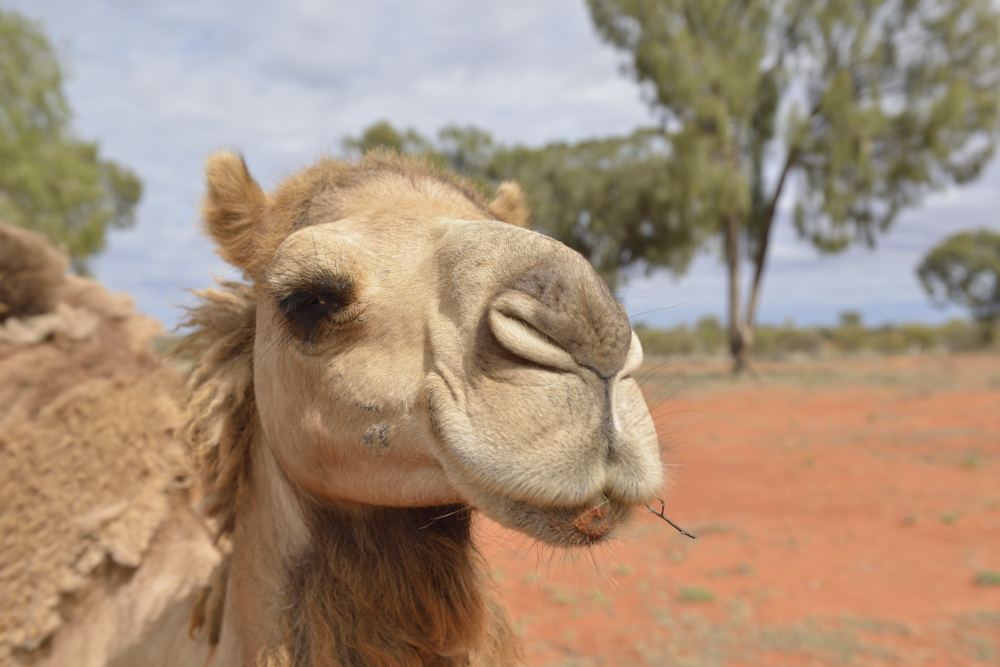
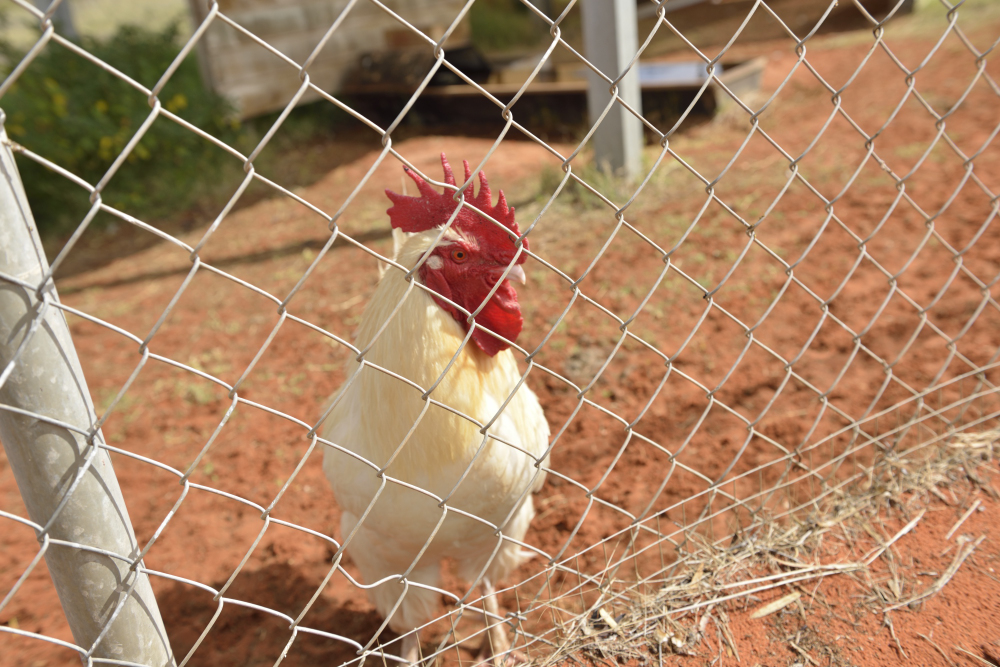
And Cluck Norris is definitely cool, he clearly rules over the Emu he was in the chicken coop with. Unfortunately, he was also a bit of a braggart - he absolutely had to say that he was very virile at 3am, 4am, 5am, 6am and 7am... But who also wants to just sleep at night...
Several times that night, he came close to ending up as Kentucky Fried Chicken
On the further journey towards Alice Springs, there is a side road towards Rainbow Valley. Dirt roads and adventure have a great appeal - so we took a detour.
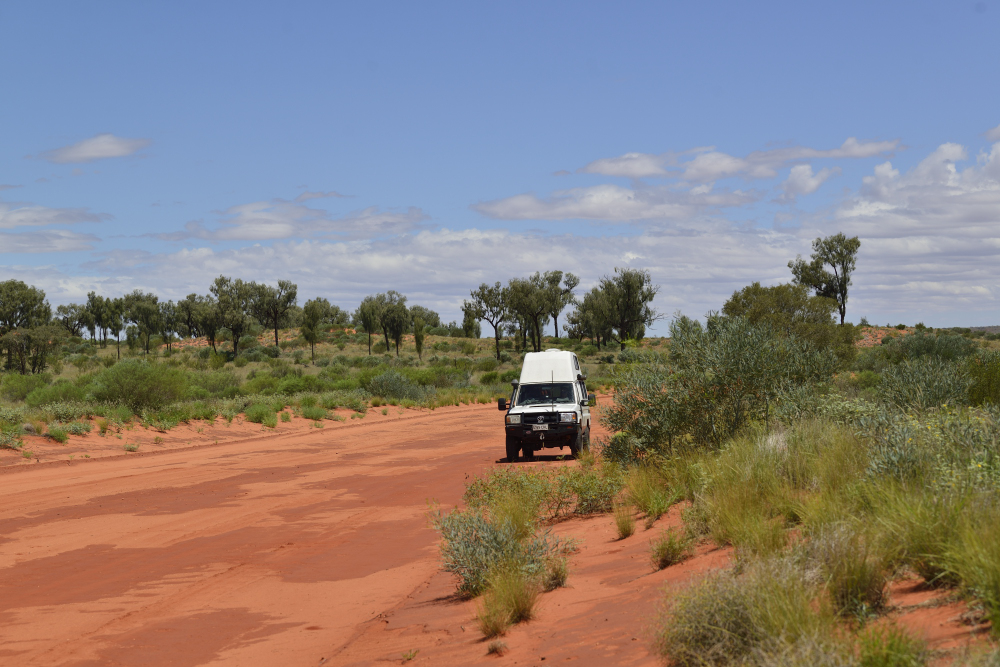
It turns out to be a national park campsite, with multicolored rock formations and desert vegetation. Another area with lush vegetation, despite very little water.
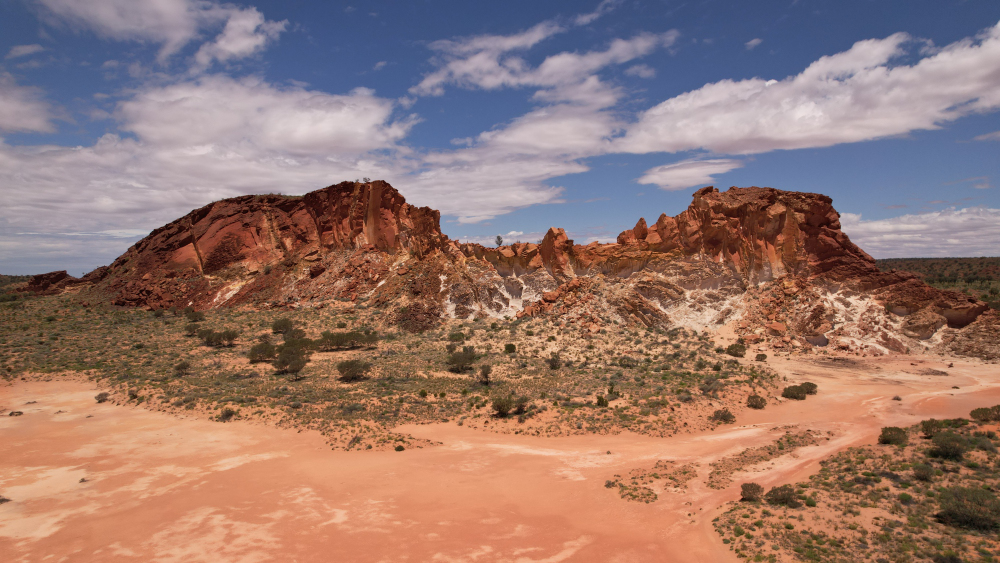
Arriving in Alice Springs, we start thinking about Shu-Bi-Dua's "standing on an alpine peak... What the hell are we really doing here?"
That's kind of how we feel about Alice Springs. What the hell did we see here?
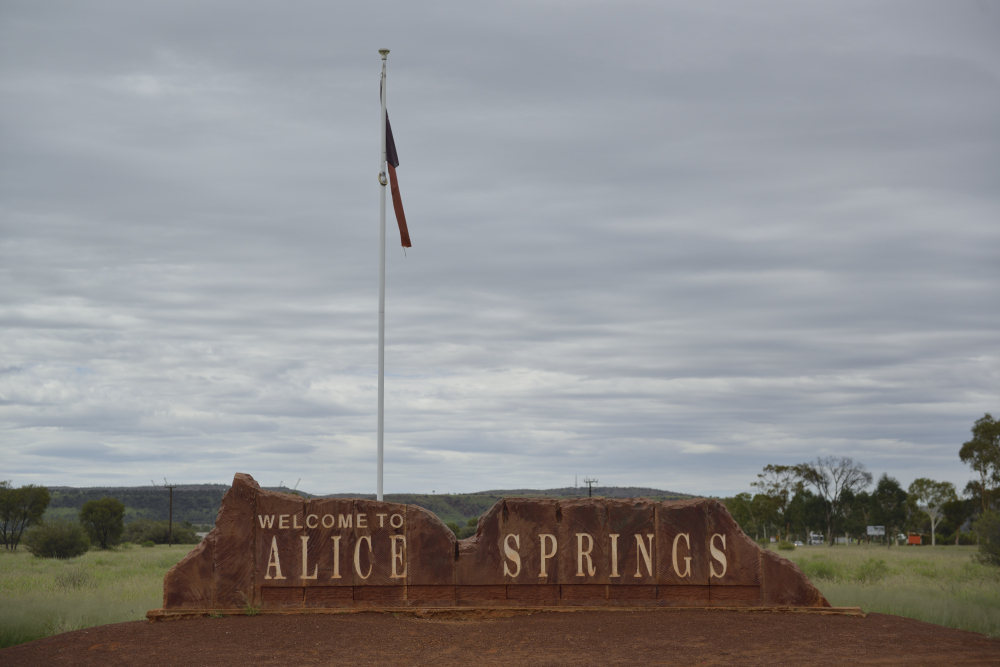
Our first impression – is not so positive. Many aborigines walk and shout in the street, drunk and crooked. Here is the largest gathering we have met in Australia of people - who have gone to the bottom. There can be many explanations for that - but it is a piss-poisonous cocktail of lack of life content and, unfortunately, drugs. People break like that.
Stores surround their walls with razor wire barbed wire. We have been warned against high crime from several different independent sources. We spend the night at a large campsite. Of course they have solid gates and fences, with unpleasant spikes and razor wire... thanks for the coffee.
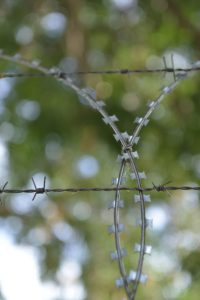
There are of course also well-functioning aborigines - but we were overwhelmed by what looked like a society in disintegration.
The map is being studied in order to find a quick way back to the part of Australia - which we have grown so fond of.
It ends with an overnight stay in Rainbow Valley bushcamp – now with better time for photos.
